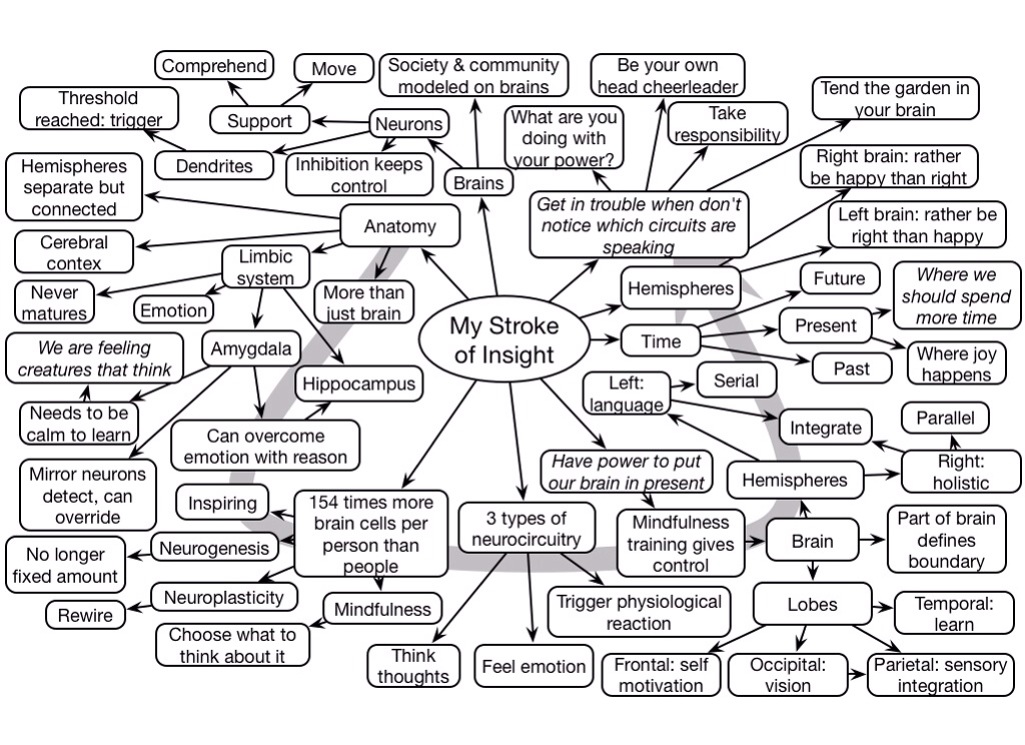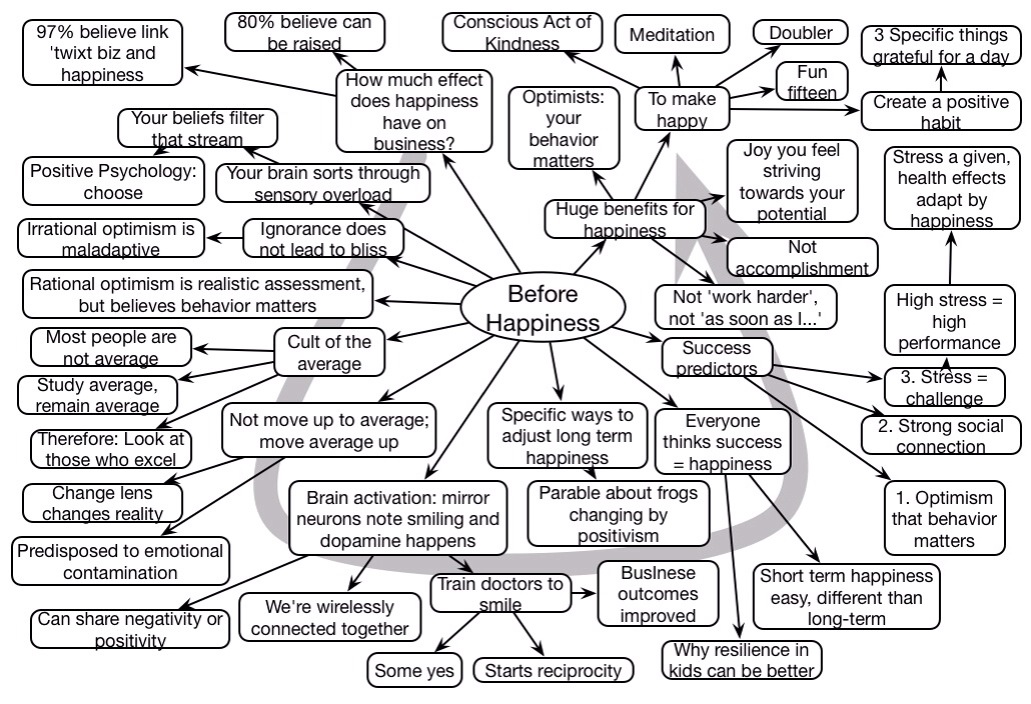I have never really cottoned on to the practice of photo-bombing. While it might be a fun trick to play on a friend, otherwise it seems to me to be selfish. Could there be something better?
One of the things I’ve been doing is something that I call ‘reverse photo-bombing’. When I see a picture being taken, instead of getting in it, I get behind the photographer, and at the right time, I put up bunny ears behind them (or something else silly). What happens is that the audience laughs, and they tend to get a much better picture. And then I slink off, hoping no one noticed (except the photographees, and they’re too busy). It’s hard to get the timing right, so it doesn’t always work, but when it does I think it’s a boon to the group. Though it did embarrass my daughter when I did it while out with her one time, but I think that’s in the parental job description anyway…:).
I think this is a good thing (though I’m willing to be wrong); I think that the world can use more good in it. What I am looking for is more ideas of how we can be quietly adding value to what’s going on, instead of detracting. I’ve heard of nice things like buying someone else’s coffee, or providing extra change. Are there other ideas we can be using? I welcome hearing yours!


